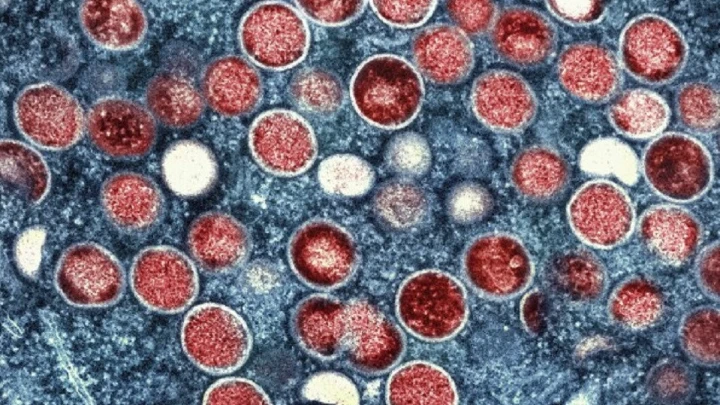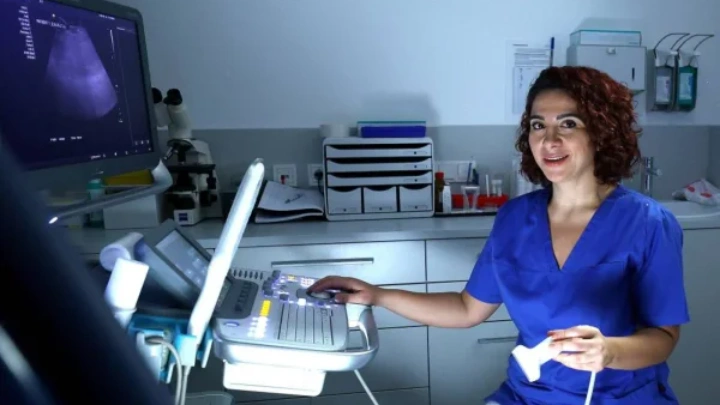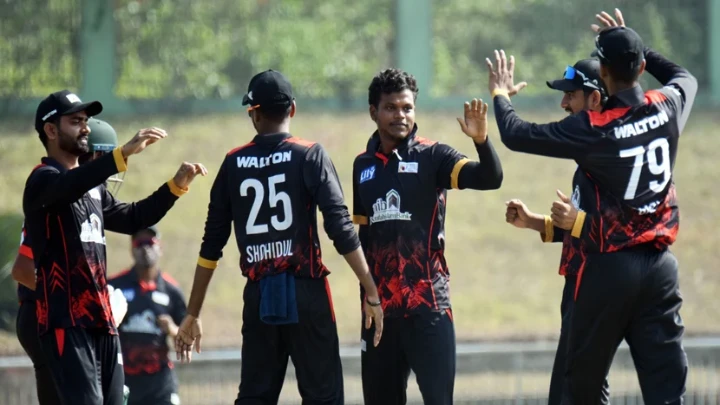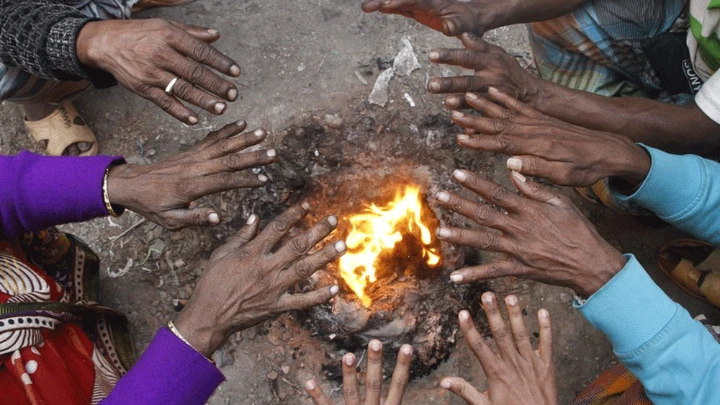Tasnova leads normal life with artificial heart
DailySun || Shining BD
On 2 March 2022, a milestone in Bangladesh's medical history was set when a 42-year-old woman, Tasnova Mostafiz Nova, became the first person in the country to receive an artificial heart. Although the event received significant media coverage at the time, Tasnova herself did not appear before the public.
However, nearly two and a half years later, Tasnova and her family shared their story with the daily Kaler Kantho last Tuesday on special request.
Tasnova expressed that she is fully healthy and has returned to a normal life. “Speaking to you today feels like a dream,” she said. “Back then, every moment felt like the end was near. The pain was so intense that my entire life, my family, everything was in chaos. At one point, the doctors told my family, ‘We can’t keep her here much longer. She won’t survive for more than two months.’ I didn’t even have the strength to perform ablution for prayers. I had to wear an oxygen mask all the time. But after getting the artificial heart, I’ve returned to normal life. Today, I walked to the hospital, I cooked, managed household chores, and traveled both inside and outside the country. I’m living like a healthy, normal person.”
In 2022, a team of doctors at Dhaka's United Hospital successfully implanted the country’s first artificial heart, known as a Left Ventricular Assist Device (LVAD), in Tasnova.
Dr. Jahangir Kabir, who led the medical team, said, "I have performed heart surgery on over 28,000 people. Tasnova is one of the most significant patients I’ve treated. There was a time when she refused to appear before the media. That was a period when she was suffering from extreme heart failure."
Dr. Kabir added that Tasnova had sought treatment at some of the best hospitals in Bangladesh and abroad, including Singapore and Malaysia. Ultimately, it was at United Hospital where her mechanical heart, or artificial heart, was implanted. She could have undergone the operation abroad, but she placed her trust and confidence in the country's doctors, which allowed Bangladesh to make strides in cardiac care.
Tasnova's son, Nahiyan Bin Mostafiz, reflected on his mother's difficult days, saying, “There was a time when my mother couldn’t sleep through the night. My father and I would stay awake with her, and she would cry in pain and struggle to breathe. Every night, we wondered if it would be her last, unsure if we’d see her the next day. Now, to see her healthy and living a normal life feels like a dream. In Turkey, she’s even doing all the household chores.”
Tasnova’s Journey Through Illness
Tasnova recounted her journey, explaining that around 2013, she began fainting multiple times. “Being a healthy person, I was taking my son to school. But, suddenly I collapsed. Other parents rushed me to the hospital. After that, I consulted a cardiologist at a renowned hospital in the country, who advised seeking treatment abroad if finances allowed. I then went to Mount Elizabeth Hospital in Singapore, where I received continuous treatment for seven years. In 2017, a device called SICD (Subcutaneous Implantable Cardioverter Defibrillator) was implanted in my heart, designed to last five years. However, by 2018, problems resurfaced. Due to heart blockages, I went to Malaysia, where a coronary stent was placed. The doctors there mentioned that a heart transplant might be necessary. Later that year, I was admitted to Evercare Hospital, but for some reason, they hesitated to perform an angiogram. I then went to Turkey, where they too suggested that a heart transplant might be required. Upon returning to Dhaka, my condition worsened, and I had to visit Evercare Hospital frequently.”
Tasnova’s husband, Mostafizur Rahman, shared the family’s challenges, stating, “We had almost given up hope. After trying treatment in Singapore, Turkey, and Malaysia without success, I didn’t think there was any solution left. Finally, with the guidance of specialists at United Hospital, we were reassured, and now, after the operation, she’s healthy.”
How the Artificial Heart Works
Dr. Jahangir Kabir explained that the heart’s function is to pump blood continuously to vital organs. The LVAD assists in this function. The device is implanted through surgery, with the pumping mechanism placed at the lower left side of the heart. Tubes connect the device to the heart, and it pumps blood using magnetic force. A wire runs through the abdomen to the outside of the body, connecting to a battery and monitor, which the patient carries in a strapped bag.
The Need for Heart Transplants
Dr. Kabir noted that while Tasnova has been doing well with the artificial heart for two and a half years, the device may only last for another few years. “At some point, the machine will fail,” he said.
He emphasised the need for heart transplants in Bangladesh, explaining that while patients like Tasnova can afford extensive treatment, many others cannot. “We can perform heart transplants at a much lower cost,” he said. “Many patients, especially those who are brain dead due to accidents, have healthy hearts, kidneys, lungs, livers, and eyes. These patients can save five or six lives by donating their organs.”
Dr. Kabir shared that he had come close to completing two heart transplants, but the donations were ultimately not approved by the patients’ relatives. “This is very unfortunate,” he said.
He stressed that the public in Bangladesh still lacks awareness about the importance of organ donation. “We need to raise awareness and promote heart transplants. This practice is common worldwide, and it must be implemented in Bangladesh. Our people need to understand the importance of this procedure. We must launch a movement to raise awareness about heart transplants,” Dr. Kabir concluded.
Courtesy: Kaler Kantho
Shining BD




































